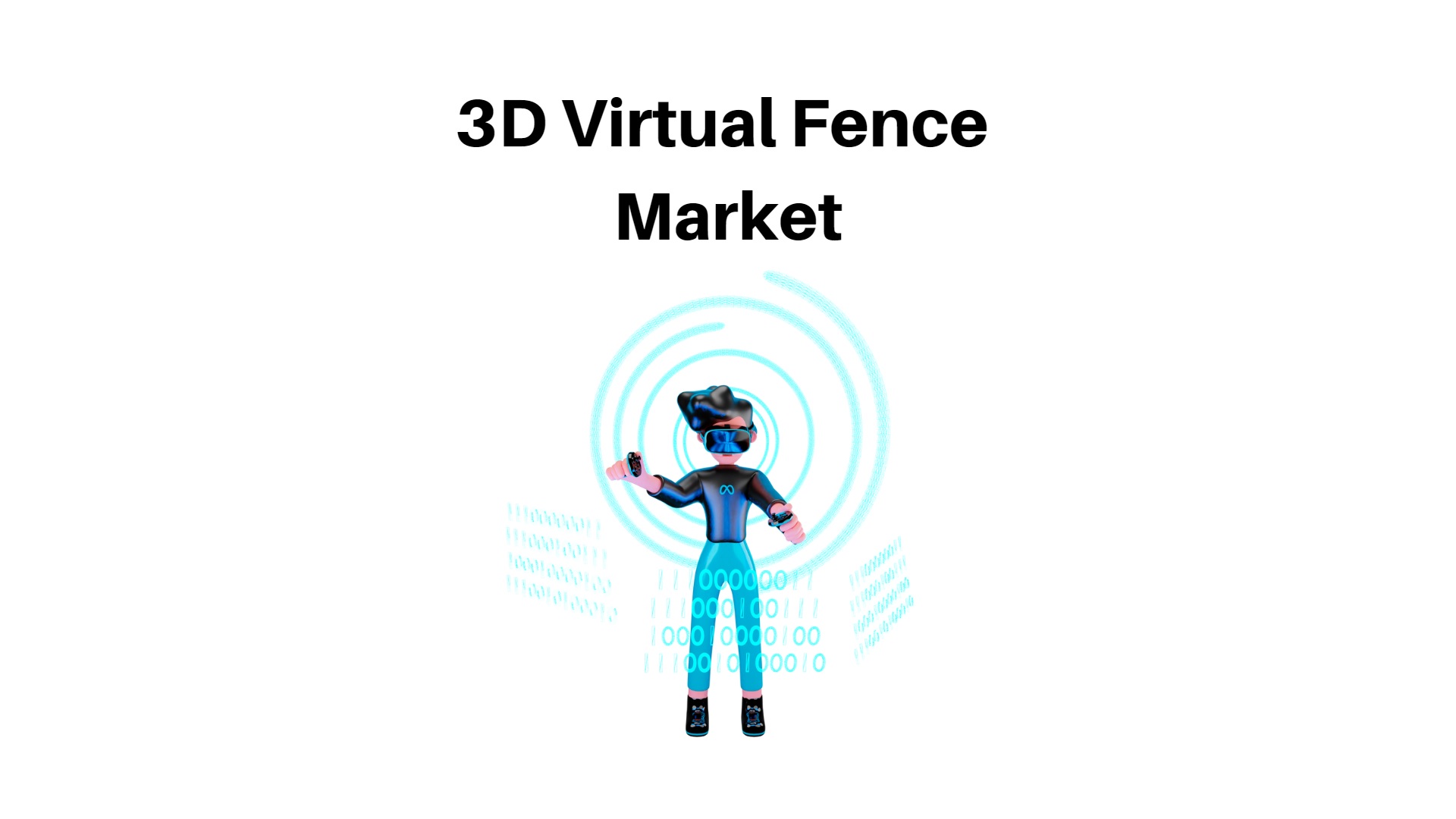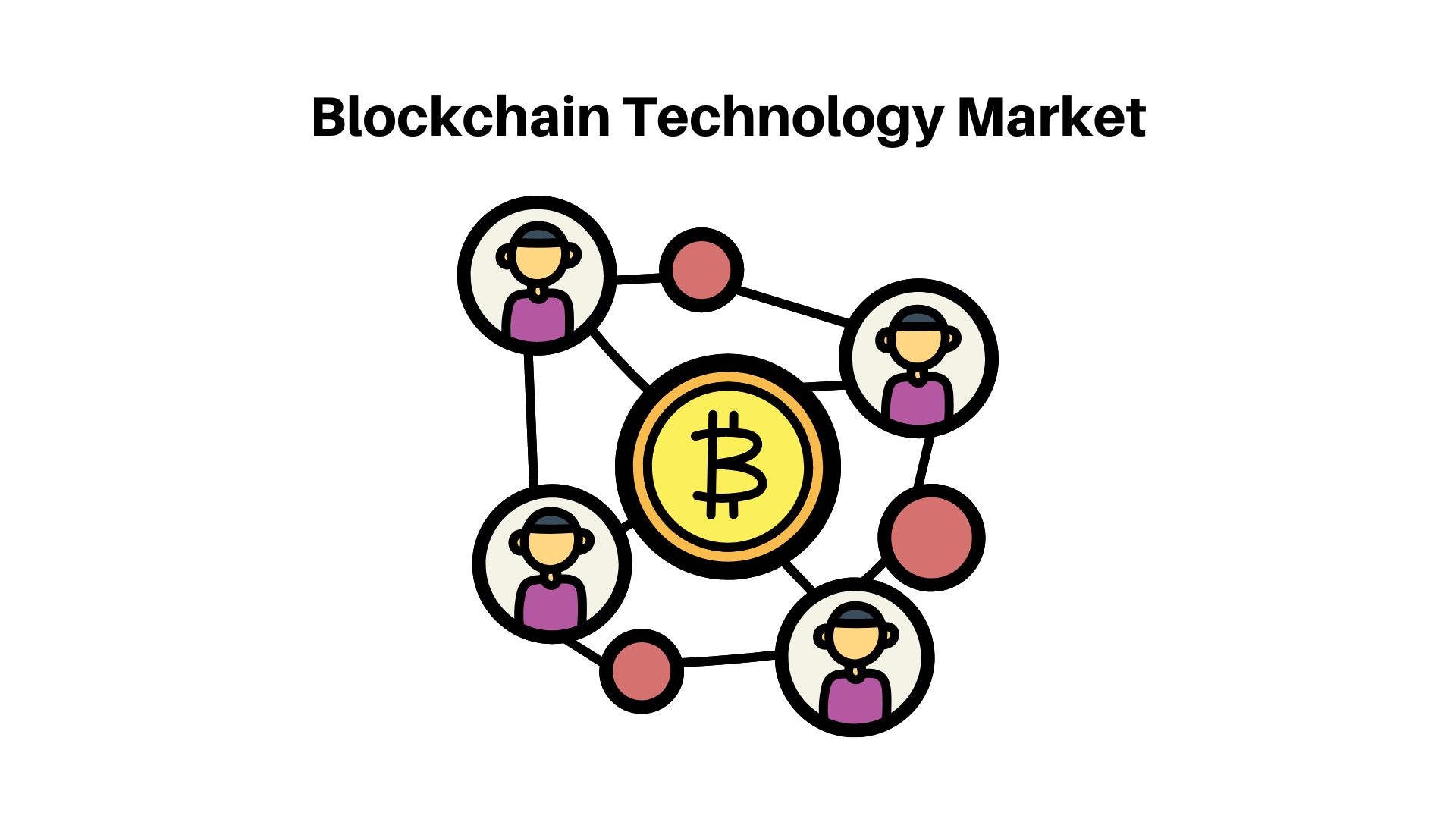3D Virtual Fence Market Is Growing Rapidly, Expected to Hit USD 16.6 Bn by 2032

Page Contents
Market Overview
Published Via 11Press: The 3D Virtual Fence market size is expected to be worth around USD 16.6 Bn by 2032 from USD 0.7 Bn in 2022, growing at a CAGR of 37.8% during the forecast period from 2022 to 2032.
The 3D Virtual Fence market is a rapidly growing industry that aims to provide enhanced security measures for various applications. This technology utilizes cutting-edge sensors and cameras to create an invisible fence around a designated area, providing real-time alerts and notifications of any intrusions or breaches. The 3D Virtual Fence market has gained significant momentum in recent years, driven by the increasing need for advanced security measures across various industries.
One of the key drivers of the 3D Virtual Fence market is the rising demand for smarter surveillance solutions. With traditional physical fences proving ineffective against sophisticated intrusion techniques, businesses and organizations are looking towards more advanced technologies to secure their assets. The 3D Virtual Fence system offers unparalleled accuracy and coverage compared to conventional methods, making it an ideal choice for high-security areas such as military bases, airports, and critical infrastructure facilities.
Request For Sample Report Here: https://market.us/report/3d-virtual-fence-market/request-sample/

Key Takeaways
- Demand Growth: The market for 3D virtual fences is expected to witness significant growth over the coming years due to an increasing need for high-security solutions across various industries, such as defense, transportation, and critical infrastructure protection.
- Advancements in Technology: With the development of technologies such as artificial intelligence, machine learning, and the Internet of Things (IoT), the 3D virtual fence market is expected to experience tremendous growth. These innovations enable more accurate detection and prevention of intrusions.
- Rising Investments: Major players in the market are investing heavily in research and development to create advanced 3D virtual fence solutions that are reliable, efficient, and cost-effective. This will likely result in the introduction of innovative products into the market, further fuelling growth.
- Geographic Expansion: The demand for 3D virtual fence solutions is anticipated to grow globally, with a particular focus on regions such as Asia-Pacific and the Middle East. This growth is being spurred by increased security concerns and government initiatives to strengthen border protection measures.
- Competitive Landscape: The market is fiercely competitive, with several global players such as Controp Precision Technologies, G&A Surveillance, Huper Laboratories, AngryMole Technologies, Senstar, Schneider Electric, Tyco International, and Anixter International they are investing in developing innovative solutions.
Regional Analysis
- North America is expected to dominate the 3D virtual fence market owing to a variety of factors, such as key industry players, technological advances, and an uptick in security solutions adoption within the region. North American demand for 3D virtual fences is driven by the need to protect critical infrastructure like transportation facilities or borders.
- Europe is expected to experience significant growth in the 3D virtual fence market due to the increasing adoption of advanced security solutions and a need to protect critical infrastructure in the region. The European Union has implemented various regulations and initiatives that aim to enhance border security, potentially fuelling demand for 3D virtual fence solutions.
- The Asia-Pacific region is expected to experience significant growth in the 3D virtual fence market due to an increasing need for advanced security solutions to safeguard critical infrastructure, government facilities, and borders. This demand is being fuelled by threats such as terrorism, political instability, and territorial disputes that have become more frequent occurrences across this region.
- The Middle East & Africa region is expected to witness significant growth in the 3D virtual fence market due to an increasing need for advanced security solutions to safeguard critical infrastructure, government facilities, and borders. This demand is being spurred on by threats such as terrorism, political instability, and territorial disputes that have become increasingly frequent in this region.
- Latin America is expected to experience moderate growth in the 3D virtual fence market due to an increasing need for advanced security solutions to safeguard critical infrastructure, government facilities, and borders. This growth is being spurred on by organized crime, drug trafficking, and terrorism as they pose an ever-increasing threat.
Browse the summary of the report and Complete Table of Contents (TOC): https://market.us/report/3d-virtual-fence-market/table-of-content/
Drivers
- Rising Security Concerns: As security threats increase across various industries such as defense, transportation, and critical infrastructure protection, there is an increasing demand for 3D virtual fence solutions. These advanced technologies offer a high level of protection and help prevent intrusions.
- Government Initiatives: Governments around the world are taking initiatives and regulations to bolster border security, which is driving demand for 3D virtual fence solutions. For instance, in the US there has been an implementation of the Secure Border Initiative which aims to strengthen border protection and prevent illegal immigration – likely driving up demand for 3D virtual fences in the process.
- Technological advancements such as artificial intelligence: machine learning, and the Internet of Things (IoT) are fueling growth in the 3D virtual fence market. By integrating these technologies together, 3D virtual fences become more accurate and efficient at the detection and prevention of intrusions providing a dependable security solution that has never before existed.
- Investment Intensifying: Major players in the market are investing heavily in research and development to create advanced 3D virtual fence solutions that are reliable, effective, and cost-efficient. This is likely to lead to the introduction of innovative products into the market, further fuelling growth.
- Increased Demand for Peripheral Security: With the rising threat of terrorism, organized crime, and territorial disputes, demand for perimeter security solutions such as 3D virtual fences is increasing rapidly. These measures are essential in safeguarding critical infrastructures, government facilities, and borders which in turn is fueling growth in the 3D virtual fence market.
Restraints
- High initial costs: The high upfront costs associated with the installation and upkeep of 3D virtual fences pose a significant obstacle for the market, making it difficult for small and medium-sized enterprises to invest in these solutions, thus restricting their growth potential.
- Lack of Skilled Personnel: Another obstacle facing the market is a shortage of experienced personnel needed to operate and maintain 3D virtual fences. Installing and running such devices necessitate specialized skill sets, which are in short supply.
- Dependency on Weather Conditions: 3D virtual fences depend on various sensors and technologies that can be affected by adverse weather conditions like rain, fog, or extreme temperatures. This could cause false alarms or missed detections, decreasing the effectiveness of the solution.
- Limited Effectiveness in Certain Terrains: 3D virtual fences can be limited in effectiveness in certain terrains such as mountainous regions, dense forests, or areas with high vegetation. In such cases, traditional security solutions like physical barriers and guards may prove more efficient.
- Concerns Over Privacy: The use of 3D virtual fences for perimeter security may raise issues regarding privacy and civil liberties. The collection and use of personal data by these virtual fences could result in violations of privacy rights, potentially impeding the market's growth potential.
Opportunities
- Integration with Other Security Solutions: 3D virtual fences can be integrated with other security solutions, such as access control systems, surveillance cameras, and alarm systems, to form a comprehensive security solution. Doing so would increase its effectiveness and provide more dependable protection.
- Increasing Demand for Smart Cities: The rising popularity of smart cities is fueling the growth of the 3D virtual fence market. 3D virtual fences can be employed to protect essential infrastructure like power plants, water treatment plants, and transportation hubs in these smart cities.
- Growing Adoption of Cloud Computing: The rising adoption of cloud computing presents an opportunity for the 3D virtual fence market. Cloud-based 3D virtual fences can be easily integrated with other security solutions and accessed remotely, making them more convenient to use.
- Advancements in artificial intelligence and machine learning: Technological advances in artificial intelligence and machine learning offer a unique opportunity for the 3D virtual fence market. These technologies can be utilized to increase the accuracy and effectiveness of 3D virtual fences, making them more dependable and efficient.
- Emerging Markets: The 3D virtual fence market has high growth potential in emerging regions such as Asia-Pacific and the Middle East & Africa. There is a rising need for advanced security solutions in these regions due to rapid urbanization and industrialization, which is expected to fuel this sector's expansion.
Challenges
- Cybersecurity risks: The use of 3D virtual fences for perimeter security can increase the risk of cyber-attacks. The data collected by these systems can be sensitive and valuable, making them a target for cybercriminals.
- Regulatory challenges: The use of 3D virtual fences for perimeter security can raise regulatory challenges related to privacy, data protection, and surveillance. Companies operating in this market need to comply with various regulations and laws, which can increase the cost of operation.
- Competition from traditional security solutions, such as physical barriers and guards, continues to be widely used in various industries. This can create competition for 3D virtual fences and limit their growth potential.
- Limited awareness among end-users: The awareness of 3D virtual fences among end-users is limited, which can impact the adoption of these solutions. Companies operating in this market need to invest in marketing and awareness campaigns to educate end-users about the benefits of 3D virtual fences.
- Limited adoption in certain industries: The adoption of 3D virtual fences is limited in certain industries, such as residential and commercial real estate, where traditional security solutions are still preferred. Companies operating in this market need to develop solutions that are tailored to the specific needs of these industries to increase adoption.
Report Scope
| Report Attribute | Details |
| The market size value in 2022 | USD 0.7 Bn |
| Revenue forecast by 2032 | USD 16.6 Bn |
| Growth Rate | CAGR Of 37.8% |
| Regions Covered | North America, Europe, Asia Pacific, Latin America, and Middle East & Africa, and the Rest of the World |
| Historical Years | 2017-2022 |
| Base Year | 2022 |
| Estimated Year | 2023 |
| Short-Term Projection Year | 2028 |
| Long-Term Projected Year | 2032 |
Key Market Segments
Type
- Seismic Detector Technology
- Laser Beam Technology
- Laser Systems Integration
- Others
Application
- BFSI
- Infrastructure
- Border Security
- Agriculture
- Automation
- Others
Key Market Players
- Controp Precision Technologies
- G&A Surveillance
- Huper Laboratories
- AngryMole Technologies
- Senstar
- Schneider Electric
- Tyco International
- Anixter International
Frequently Asked Questions
What is the market study period?
The 3D Virtual Fence market is studied from 2017 – 2032.
What is the growth rate for the 3D Virtual Fence market?
The 3D Virtual Fence market is growing at a CAGR of 37.8%
Which region experiences the highest rate of growth in the 3D Virtual Fence market?
Asia Pacific is growing at the highest CAGR over 2022- 2032.
Which region is the largest in the 3D Virtual Fence market?
North America holds the highest share in 2022.
Who are the major players in the 3D Virtual Fence market?
Controp Precision Technologies, G&A Surveillance, Huper Laboratories, AngryMole Technologies, Senstar, Schneider Electric, Tyco International, Anixter International
The team behind market.us, marketresearch.biz, market.biz and more. Our purpose is to keep our customers ahead of the game with regard to the markets. They may fluctuate up or down, but we will help you to stay ahead of the curve in these market fluctuations. Our consistent growth and ability to deliver in-depth analyses and market insight has engaged genuine market players. They have faith in us to offer the data and information they require to make balanced and decisive marketing decisions.


